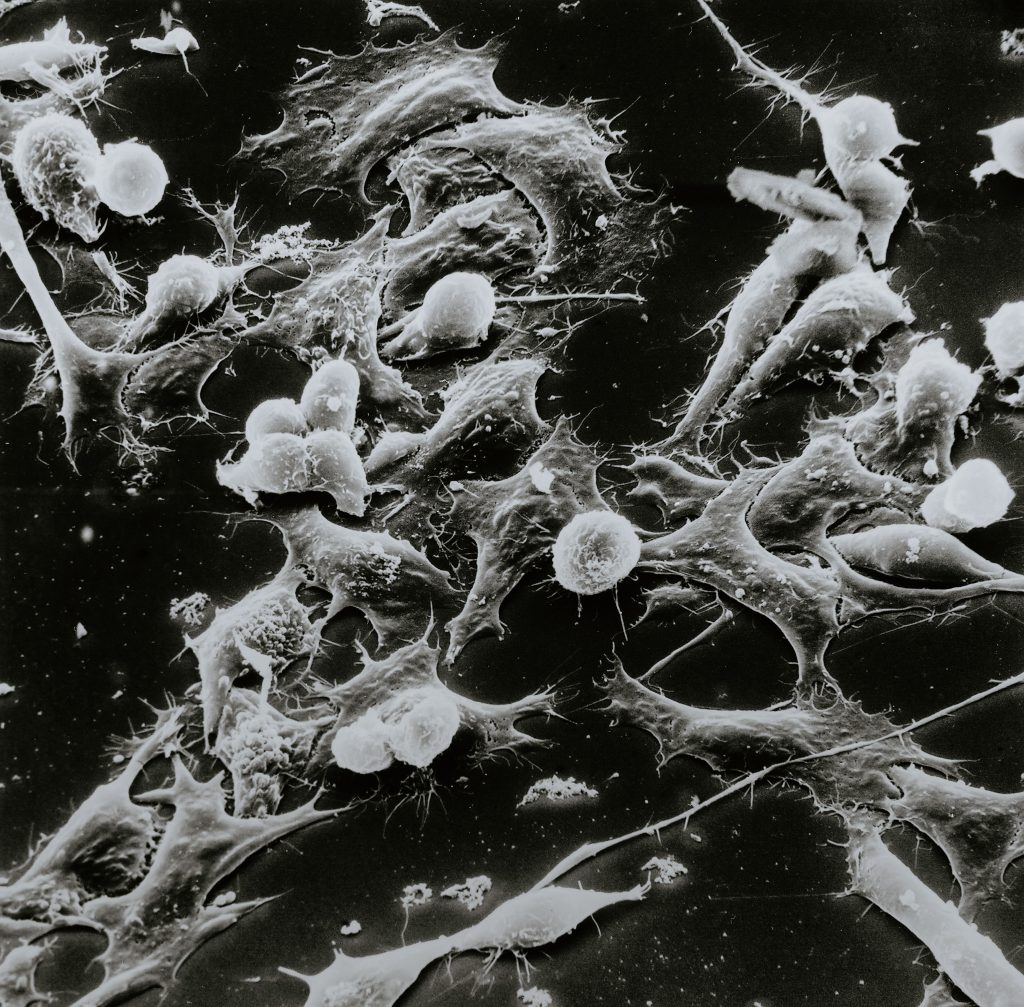Head & Neck
Nose Reconstruction
Rhinoplasty, or Nasal Surgery
It can be a highly beneficial facial plastic surgery procedure for those wishing to enhance the aesthetics of their nose or improve the function of their nasal airway.
The surgery involves reshaping the structure of the nose to create a more desirable appearance and/or correct difficulties with breathing.


Tumor Surgery
It is an operation or procedure to take out a tumor and possibly some nearby tissue.
It is the oldest kind of cancer treatment, and it still works well to treat many types of cancer today. A doctor who specializes in cancer surgery is called a "surgical oncologist."
Treating cancer can change the way you look or how your body works. A biopsy is the main way to diagnose many types of cancer.
Facial Nerve Paralysis
It is an inability to move the muscles that control smiling, blinking, and other facial movements. This condition can affect a person’s ability to convey emotion. Most of the time, facial paralysis is limited to one side of the face.
Paralysis can occur if any part of the facial nerve, called the seventh cranial nerve, becomes inflamed or damaged. The facial nerve has branches throughout both sides of the face and controls many muscle groups, including those in the brow, eyelid, cheek, and lips. A person may also experience paralysis if the area of the brain that sends electrical signals to facial muscles is damaged.


Ear Reconstruction
The need for balance is not reserved exclusively for the face and neck — a sense of proportion is also essential when regarding the head and ears, which is why many patients with an overly large or protruding ear shape pursue otoplasty. Widely known as “ear pinning surgery,” otoplasty can correct birth defects and adjust the shape or positioning of the ears to improve facial balance. This is one of the few procedures available for adults as well as children who are over the age of five — the typical age wherein the ear cartilage has reached the level of maturation necessary to undergo repair. Dominant ears can, unfortunately, be a source of teasing and insecurity for children and younger patients, often catalyzing their desire for surgical correction. No matter the reason, we offer the compassionate care and surgical prowess required to achieve the best lifelong results.
